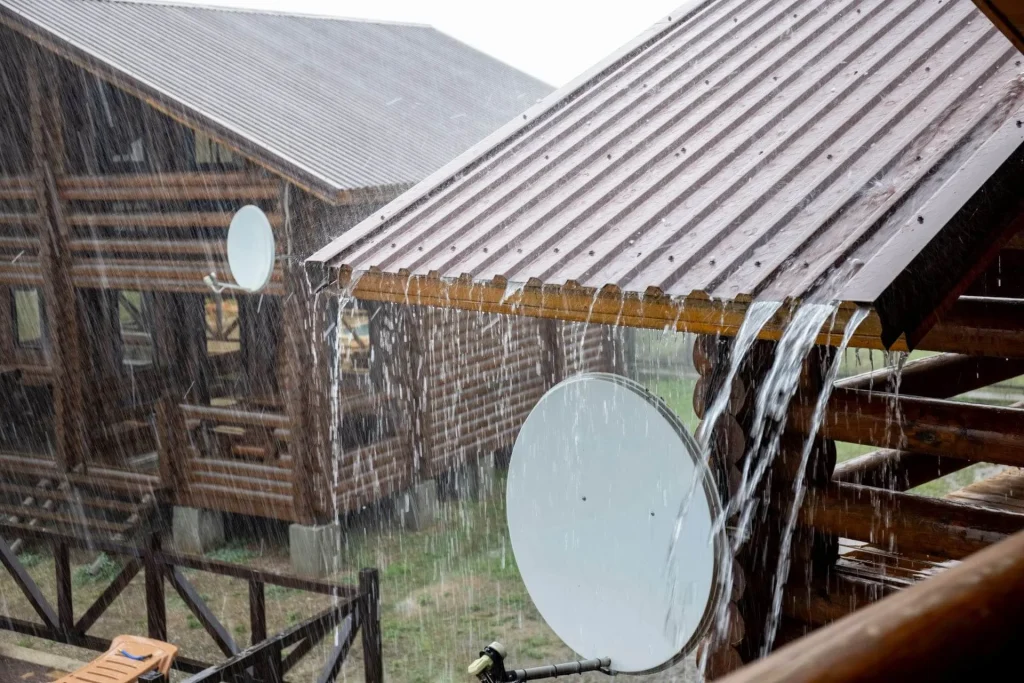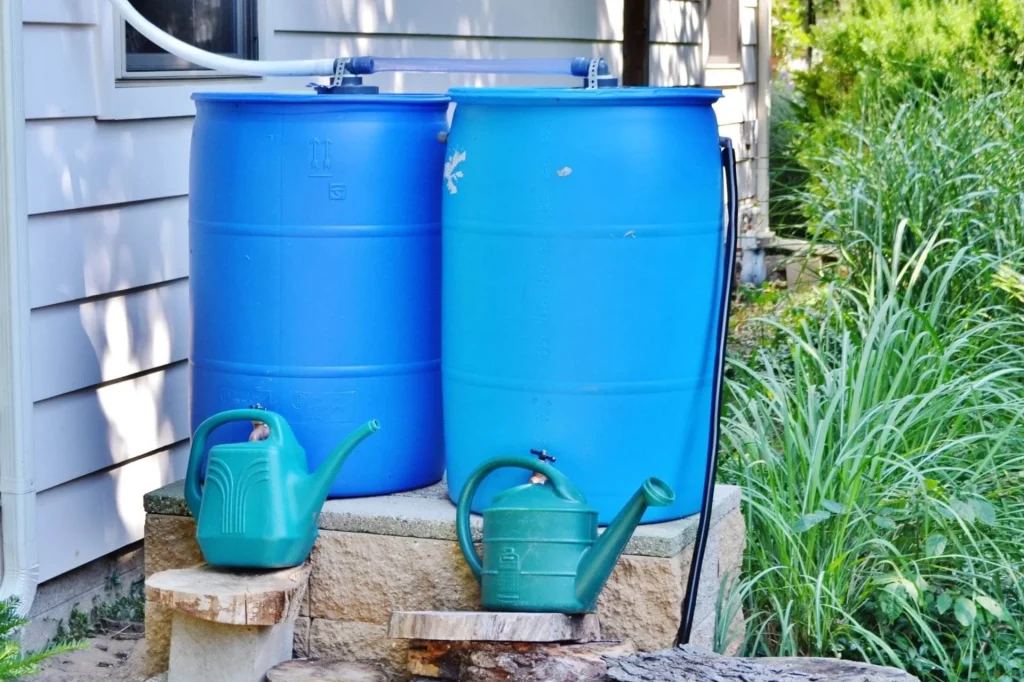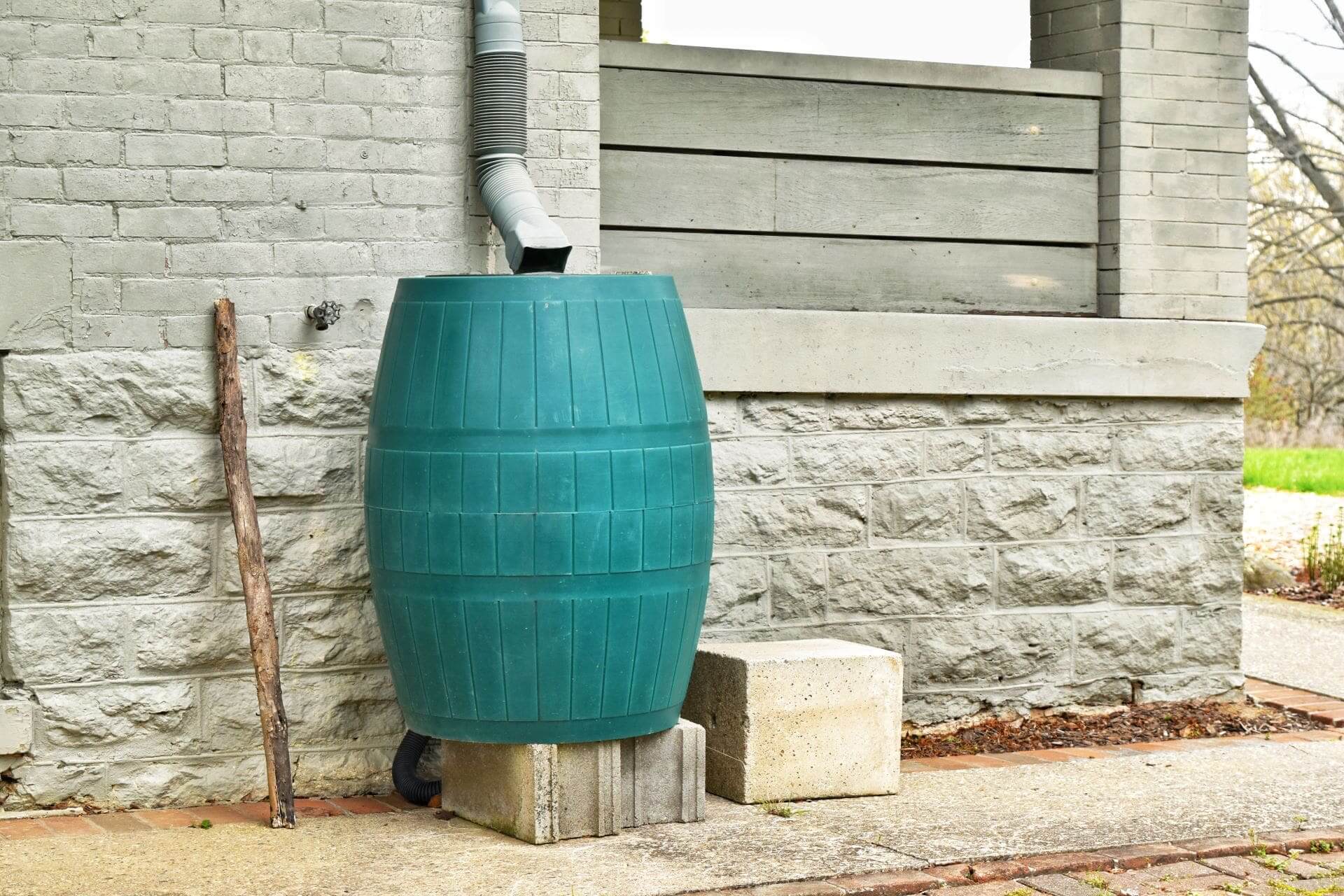It’s the rainy season already. While you are cuddled up in your home in a subdivision in Cavite, there is no denying that rainwater has always been a problem not only every rainy season but every time there’s a monsoon.
Stucked rainwater can be destructive especially when it’s on roofs because it can cause rusting which can lead to a damaged roof that can be the start of multiple roof problems. However, not everything about rainwater is bad news. There are ways to combat it and one way to do so is by rainwater harvesting. Not only does it solve the issue, but it also offers additional benefits.
What Is Rainwater Harvesting?
Rainwater harvesting is a system made to collect rainwater that can be found on high surfaces, rooftops, or any place where it can collect rainwater. The collected rainwater will then be stored in a barrel or container for later use. Since not everyone has access to free and clean water, this initiative will allow whoever would try this system to upcycle water and generate functionality out of it. It usually includes important components such as filtration, gutters, storage tanks, and a mechanism that ensures water quality and efficiency.

What Is the Primary Purpose of a Rainwater Harvesting System?
The rainwater harvesting system can be an effective way to conserve water and somehow help lessen the water scarcity in areas with limited to no access to fresh water. Rainwater collection is originally widely used in farms but as time goes by, homeowners are slowly realizing the advantages that it has. Harvested rainwater from the roof can be used for various purposes such as irrigation, and household use like flushing toilets, and washing clothes, or can even be potable water when treated properly and appropriately.
What Are the Advantages of Collecting Rainwater?
Conserve Water
Through the help of a rainwater harvesting system, water conservation is fostered. The collected rainwater will be used for other domestic or other functional ways instead of using groundwater. This is great, especially in some areas that experience water scarcity.
Reduces flooding problems
Flooding has been a problem especially when it’s the rainy season. Setting up a rainwater harvesting system can help mitigate the problem and avoid further flooding issues in low-lying areas. With this, soil erosion and other problems regarding floods will also be lessened. The contamination of waters from rivers or ponds from rainwater run-offs will be avoided, maintaining cleaner and safer water sources.
Lessen water consumption and bill
Since the collected rainwater can now be used for other purposes, water consumption in your household will now be lessened. With less water consumption, you can also record a reduction in your water bill. This does not only help you but has a significant and positive environmental impact.
Best suited for irrigation
Collecting rainwater and directing it to the plants is the best way for watering plants and irrigation. Aside from conserving fresh and clean water, you can also lessen the impact of the fuel-based machines used for irrigation in the environment.
Non-drinking purposes
The rainwater can be filtered and treated which can be a safe drinking water but apart from that, there are other non-drinking purposes or advantages that rainwater has. It can be used to wash cars, clean households, fill aquariums because the rainwater is considered safe for sea creatures, fight fires, etc.
How to Set up a Rainwater Collector in Your Home?
- The first thing that needs to be done in installing a rainwater harvesting system is to assess the roofing material of your house situated in a subdivision in Cavite. This is to make sure that the harvested rainwater will be of use because some materials possess toxic chemicals so when the water from the rain passes through it, you won’t be able to use it for other purposes.
- Next is to buy the necessary materials such as storage barrels, coupling, bushing, rain-head, gutter protection, etc.
- Install gutters and downspouts to ensure that the water from the roof will travel down right at the barrel. You can also install gutter protection filters and first flush diverters to prevent debris from contaminating the water.
- To keep pests and other types of insects away from the water, you can install a tank screen and inspect a proof flap valve.
- Connect distribution systems to the collection rainwater will go directly to its intended destination which can be for household use or irrigation. Attach spigots, overflow valve, and hose to the barrel to avoid overflowing issues.
- You can also implement water treatment like filtration, UV sterilization, and disinfection for safer and cleaner water.
- Regular maintenance is a must to ensure that the whole system is working properly and to prevent issues of contamination.

What Are the Different Rainwater Harvesting Systems?
Water Butt
It is the most simple type of rainwater harvesting system. A water butt is used to collect water from the rain and the harvested rainwater goes straight to the garden. With this system, the rainwater is mainly used to water plants.
Direct-Pumped
Direct-pumped is a professional type of rainwater collection system that has two known types which are submersible and suction. A submersible is commonly used for domestic purposes and its pump is submerged under the water inside the tank hence its name. Suction on the other hand, the pressure is controlled using a pump outside of the tank and is installed in the control unit of a home.
Indirect-Pumped
To distribute water from the tank to its intended destinations, indirect-pumped uses pressure. This type of rainwater harvesting system can conserve not just water but also energy and is highly efficient. Through pressurized pumps, the flow of water from the tank up to its destination is controlled.
Gravity-Only
Compared to Indirect-pumped which relies on pressure, the gravity-only system highly relies on gravity to distribute the collected rainwater to its destination. Another goal of this system aside from collecting rainwater is to achieve sustainability with the help of energy conservation.
Indirect Gravity
Compared to the gravity-only rainwater harvesting system, indirect gravity does not only rely on gravity alone but also on pressure when needed. For long-range water supply distribution, this type of rainwater harvesting system is ideal.
Read more: Owning a Water Tank in Your Home


